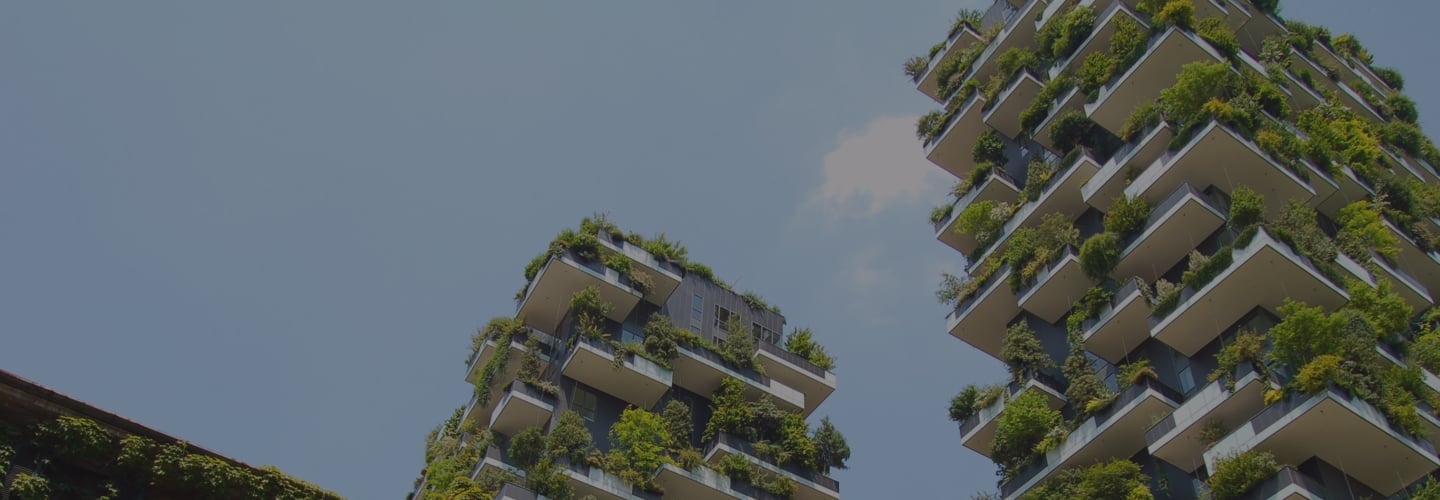A wall by any other name: whether you know them as green walls, plant walls, vertical gardens or biophilic design, living walls are on the rise for new builds in our major metros.
From One Central Park in Sydney to Brisbane’s Aria Botanica, our verticals are becoming more verdant thanks to a considerate design that blends a building with its natural surrounds.
There’s more to green walls than meets the eye: positive perks like natural air filtration and biodiversity are counterbalanced by potential risks, such as structural damage and costly ongoing maintenance.
Here’s what we know about this growing trend.
What are the benefits of green walls?
Lower energy bills
Vertical gardens aren’t just cool to look at; they’re quite literally “cool”. Living walls provide a natural layer of building insulation, cooling interior temperatures and breaking down airflow.
By slowing and cooling the outside air around air-conditioning intakes, the system doesn’t need to work as hard, meaning reduced energy bills. In fact, research on One Central Park in Sydney shows a heat load reduction of 35%. Your utilities are made in the shade!
A bonus for biodiversity
Green walls provide a natural habitat for native species, proving not only that design and nature can exist in harmony, but that they can positively influence one another.
“One Central Park’s living green facade exhibits 250 species of native Australian flowers and plants.” (Inhabitat)
Being a plentiful source of food and shelter, living walls have been known to attract local wildlife including frogs, bees, and birds, especially when nesting boxes are installed.
Speaking of food, some vertical gardens are even used in a cost- and space-saving way to grow things like herbs and leafy green vegetables.
Anti-pollution power
It’s a simple fact: nature is good for our health. Fresh air and a calm environment does wonders for our wellbeing; even just seeing nature has been shown to reduce stress and boost energy.
You can breathe easy knowing you have a natural air filtration system in your green wall, reducing both air and noise pollution. This is especially important in our urban areas as populations grow and green spaces give way to man-made structures.
An eye-catching aesthetic
There’s no denying plant walls and vertical gardens have an aesthetic appeal. These living, breathing adornments enhance a building’s visual appeal and buyability.
Whether they’re an exterior or interior feature, incorporating biophilic design into architectural plans can certainly give a building ‘wow’ factor.
“Biophilic design refers to humans innate connection to nature and natural processes to improve health and well being of spaces we live and work in.” - Oliver Heath Design
Are there any downsides to plant walls?
Possible structural damage
One of the potential downsides to green walls is a long-term impact on a building’s structural integrity, especially when plant roots start to reach beyond their confines and into walls or plumbing.
There is also a risk of leaves and debris clogging drainage systems, as well as moisture retention within the building’s walls if it isn’t exposed to adequate sunlight.
An eyesore in waiting
A red flag that should be raised early on is who will look after the green wall post-installation: the developer, body corporate, or the residents themselves? The Block’s “Sky High” is a prime example of this.
An iconic building that received countless kudos for its design and energy efficiency, the green walls of “Sky High” became brown walls within a year, due to irrigation issues and uncertainty around who was responsible for ongoing maintenance, property management or installers, Fytogreen.
“Australia’s tallest indoor green wall is Tower Four at Collins Square, Melbourne, at 52.9 metres high” (Fytogreen).
Fiery consequences
If living walls aren’t properly maintained, dry and dead plants can create a serious fire risk, as can artificial green walls. Back in 2012, a fire at a local bar in Sydney prompted calls for green wall regulation around building and fire safety codes.
Thankfully there are plenty of companies engaging independent testing to assess their vertical gardens for fire safety, however, the trend continues to move faster than legislation.
Risk vs Reward of living walls
It’s the biggest question when considering whether or not to incorporate a green wall into your design plans: is the lifespan and upkeep worth the investment?
Given this is still a relatively new trend in construction, the jury is still out on the lifespan of living walls. Depending on the types of plant life, and with constant care and maintenance, plant walls are predicted to last up to 25 years.
When done well, green walls can add substantial value to your build, not only in terms of visual appeal but also environmental sustainability. Above all, it’s a long-term consideration that, like any piece of the retail estate, requires careful planning and ongoing investment to truly reap the rewards.
To find out more about Latham products, please visit www.latham-australia.com. To talk to a Latham product expert, call 1300 LATHAM (528 426) or email sales@latham-australia.com.


